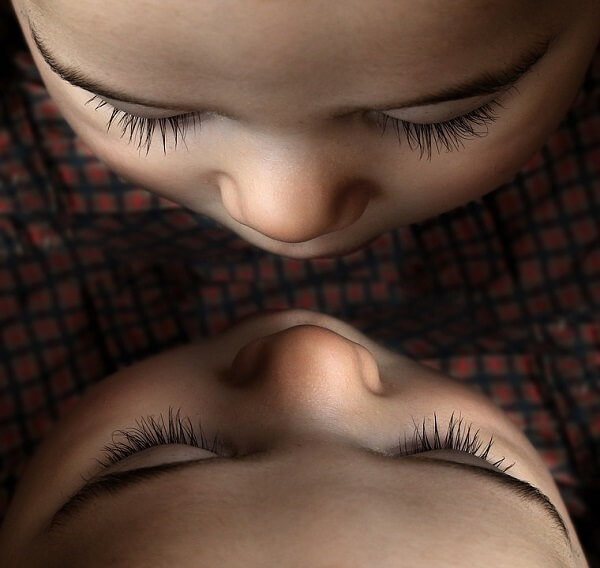 Literary Devices
Literary Devices
Literary Devices
Literary Devices

 Literary Devices
Literary Devices
Literary Devices
Literary Devices

Study the poem for one week.
Over the week:
Poets often use literary devices, defined as 'rules of thumb, convention, or structure that are employed in literature and storytelling.'
The nine literary devices we'll study include:
Foreshadowing is a literary device whereby an author drops hints or symbolic representations of plot developments to come later in the story.
Activity 1: Recite Poem Information
Recite the title of the poem and the name of the poet.
Activity 2: Study the Poem Picture
Study the poem picture and describe how it relates to the poem. How does the image differ from the poem?

Activity 3: Recite the Poem
Practice reciting the poem aloud.
Activity 4: Identify Foreshadowing in the Examples
Read aloud the examples below and predict the future event being foreshadowed.
Activity 5: Identify the Rhyme Scheme
Review the poem and identify the pattern of its rhyming scheme. (e.g. ABBACDCD, etc.)
Activity 6: Identify Alliteration
Review the poem and point out any instances of alliteration.
Activity 7: Identify Foreshadowing
Review the poem excerpts. How do they foreshadow the future?
Activity 8: Complete Book Activities
